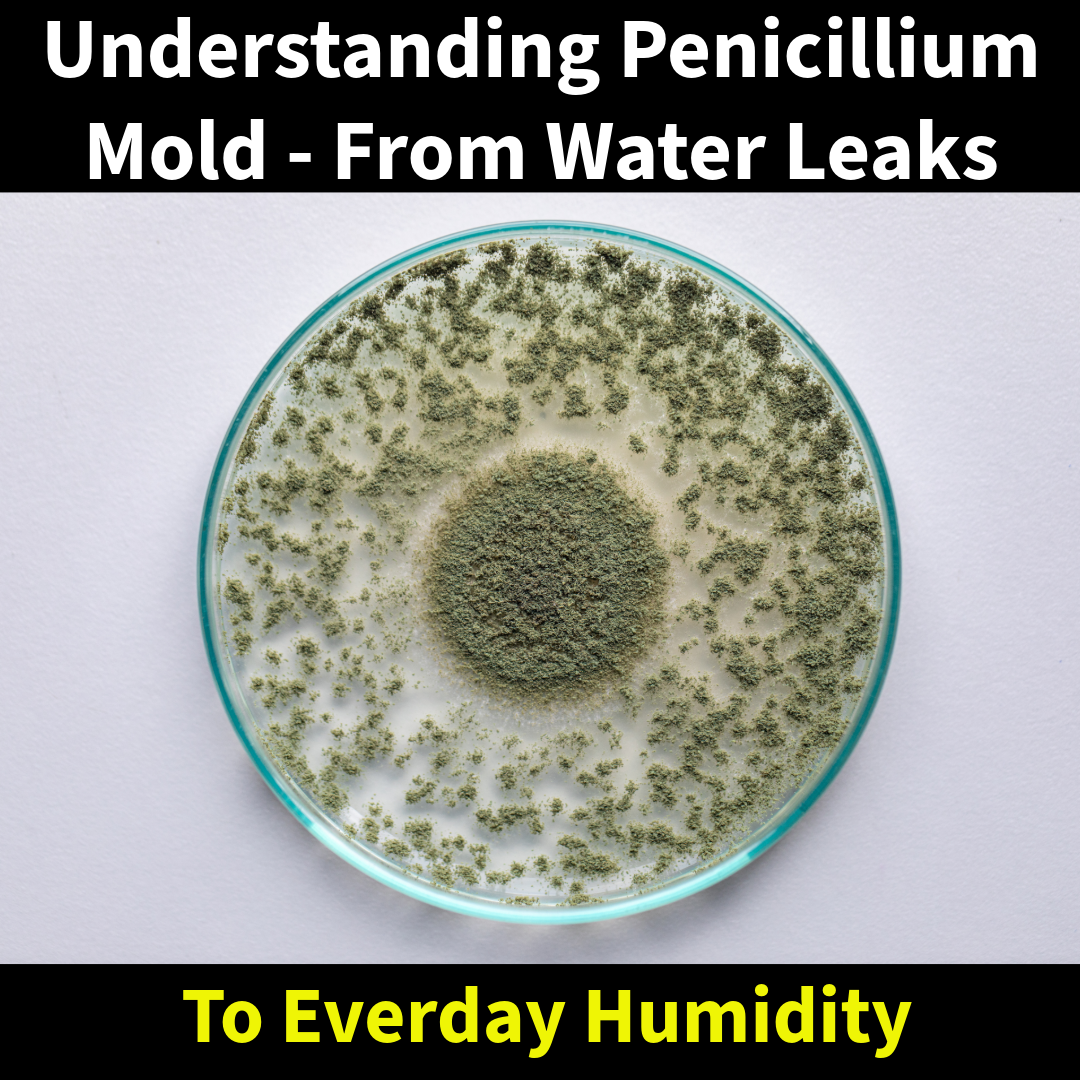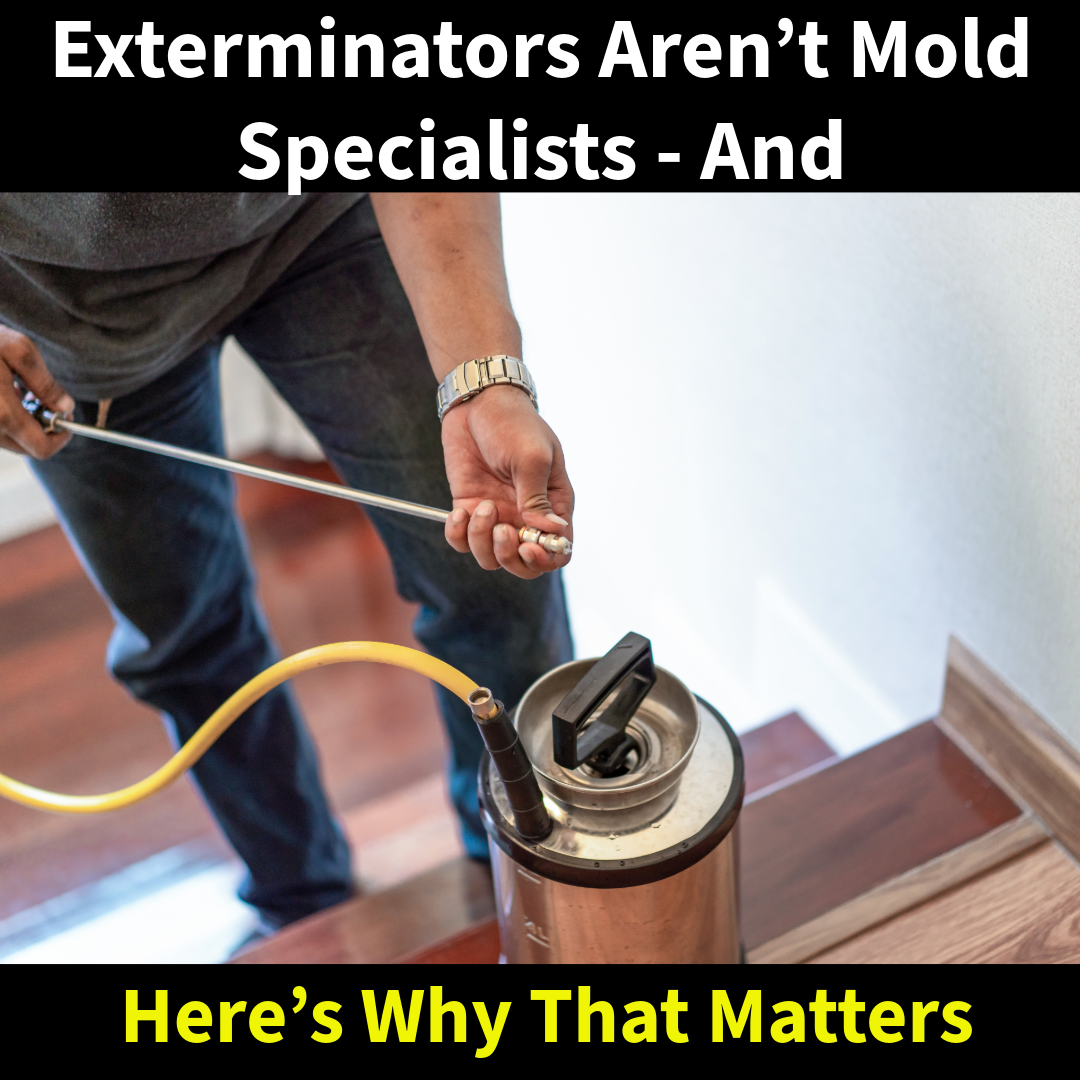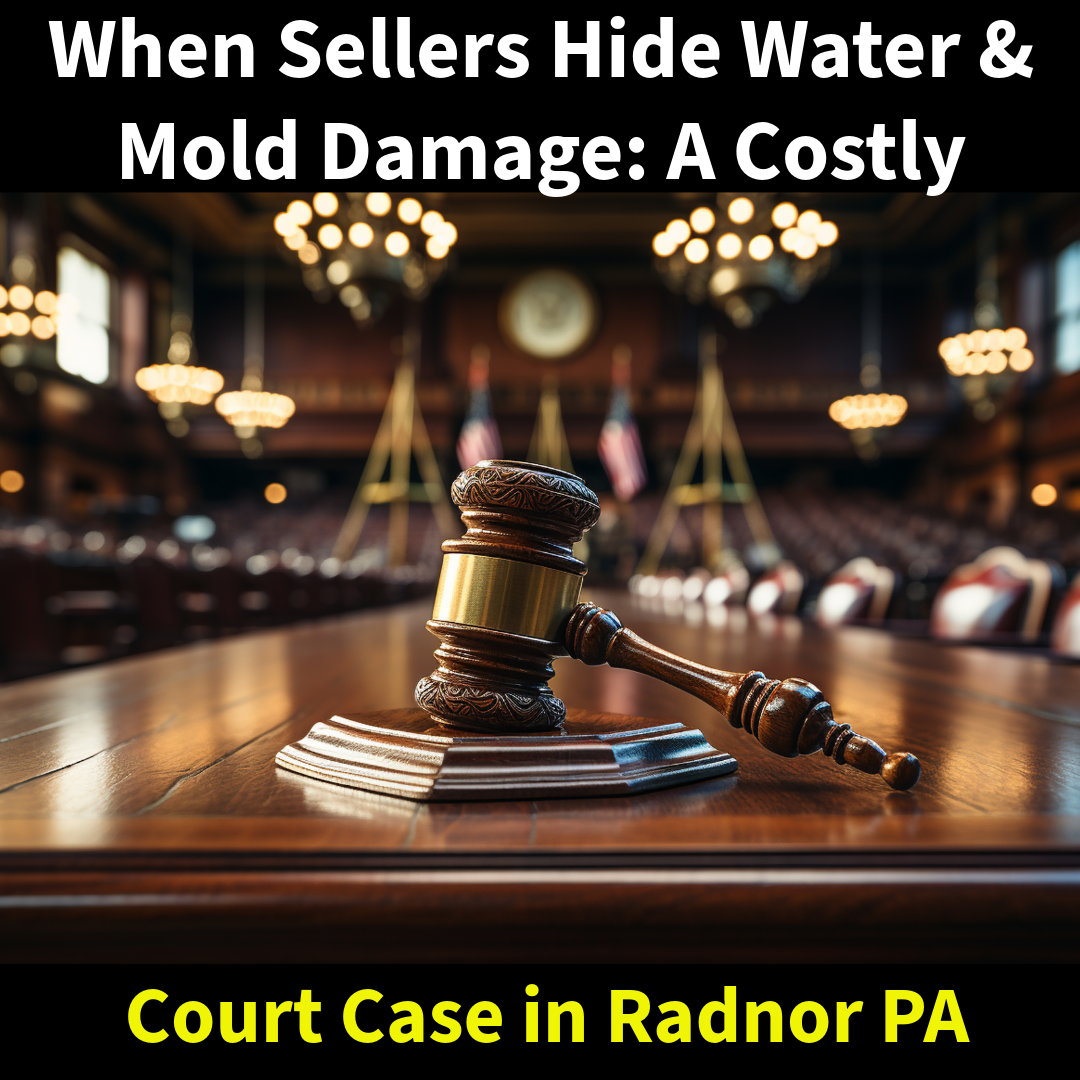When the temperature drops, most homeowners rely on their furnace to keep the house warm and comfortable. But if your furnace isn’t operating properly, it can do far more harm than good. Malfunctions can lead to smoke damage, soot buildup, and lingering odors that affect your entire home. These problems aren’t just cosmetic — they can signal deeper mechanical or air-quality issues that require professional attention.
The Hidden Danger of Furnace Malfunctions
A malfunctioning furnace can release smoke and soot into your home when fuel doesn’t burn completely. This incomplete combustion produces carbon particles that settle on walls, ceilings, and furniture. In many cases, these particles are invisible at first — but over time, they leave behind dark streaks, stains, and odors that are extremely difficult to remove without proper cleaning.
Even newer systems can malfunction due to dirty burners, blocked vents, or cracked heat exchangers. The result is often the same: contaminated indoor air and widespread soot deposits.
Understanding Puffbacks
One of the most common furnace-related smoke events is called a puffback. A puffback occurs when unburned fuel ignites all at once, causing a sudden burst of smoke and soot to blow through the ductwork. It can coat every surface of a home in fine black residue within seconds.
While some puffbacks are small, others can cause significant contamination — affecting everything from walls and flooring to clothing and HVAC systems. Trying to clean it yourself often makes it worse, as improper methods can smear or embed soot into surfaces permanently.
Why Odors Linger
Smoke and soot particles are extremely small — many are smaller than a human hair. These particles can become trapped in porous materials like drywall, insulation, upholstery, and HVAC filters. That’s why the odor can linger long after visible cleanup.
Odor elimination requires specialized cleaning agents and equipment to neutralize carbon-based residues. MSI uses thermal fogging, hydroxyl generators, and ozone treatment where appropriate to break down odor molecules and fully restore indoor air quality.
Professional Smoke and Soot Cleanup
Proper restoration after a furnace malfunction or puffback involves more than wiping down surfaces. The process includes:
- Detailed inspection and testing to determine the source and extent of contamination.
- HEPA vacuuming and dry cleaning of all affected surfaces to remove soot particles safely.
- Air duct and HVAC cleaning to prevent recontamination.
- Deodorization and air purification to eliminate trapped smoke odors.
Our technicians follow IICRC standards to ensure that every surface and system is returned to a safe, clean condition.
Preventing Future Problems
Routine maintenance is the best way to avoid furnace-related smoke events. Have your heating system inspected before each winter, change filters regularly, and keep vents and flues clear. A small tune-up can prevent thousands of dollars in potential damage — and keep your air cleaner all season long.
The MSI Difference
At MSI, we specialize in fire and smoke cleanup caused by everything from major house fires to furnace puffbacks. Our certified team understands how to remove contamination safely, restore air quality, and protect your property from long-term effects.
If you notice soot around your vents, dark marks on your walls, or unexplained smoke odors, don’t ignore them. A quick inspection today can prevent bigger issues tomorrow.
📞 Call MSI at 215-339-1769 or 610-325-8695 for professional smoke and odor cleanup services.









